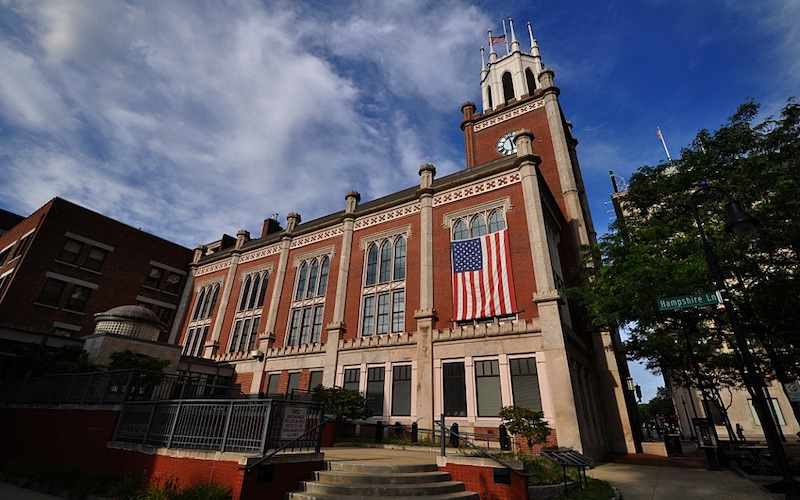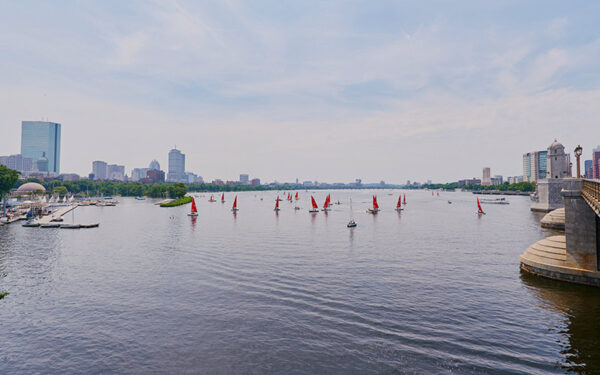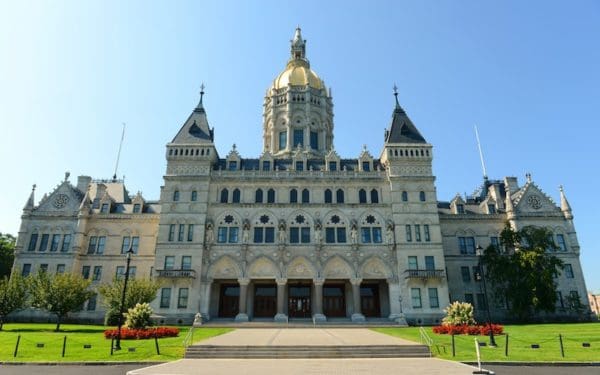
Poorly designed streets in Manchester are danger for residents and drivers. However, Manchester city leaders have taken action to fix the problem in whiter, wealthier neighborhoods, leaving lower-income residents to deal with the dangers. Photo: Wikimedia Commons
With summer here, Manchester residents are spending more time outside, walking city streets or biking through their neighborhoods. Unfortunately, more needs to be done to make sure people across the city can safely enjoy this time outside their homes.
For years, cars have been regularly speeding through residential neighborhoods. This is especially true on one-way streets with two lanes like Beech, Maple, Pine, and Chestnut streets. Due to this layout, these streets act like highways rather than residential neighborhoods where people and families live. This layout causes drivers to take risks, such as passing slower cars without a clear view of the road, which puts residents in danger just outside their front door.
With well-documented rates of accidents, injuries, and speeding, it’s time for the city to take action and correct this serious safety issue. Manchester officials need to protect residents who are seeing frequent accidents in front of their homes. In some cases, these accidents have resulted in life-threatening injuries, and even death. This is not merely a nuisance but instead, a public safety issue that requires immediate action.
Manchester’s leadership and department of Public Works have made progress in solving the problem of highway treatment of city streets in some neighborhoods. Today, we need to take strong steps toward implementation of safe streets for all city residents, especially for neighborhoods with concentrations of low-income and minority residents, which continue to be at the greatest risk from the existing layout and policy.
In 2018, the city launched its first pilot traffic calming program on Maple Street between Bridge Street and Webster Street. One of the two traffic lanes was eliminated in favor of more space for bicyclists and pedestrians. The resulting one-lane road has seen lower rates of speed and reduced injuries as a result. Why did Maple Street in the North End receive a pilot bike lane treatment while the remainder of the street to the south was ignored?
Sadly, it is due in part to the demographics of the North End. More affluent residents have a greater ability to represent themselves in politics and public life. These residents also have flexibility at work to attend meetings, they own cars for travel, and do not face language barriers in expressing their priorities. It is time for the success of this pilot for affluent neighborhoods to be translated into health and safety benefits for the rest of Manchester’s population to enjoy. Street safety should not be a luxury only provided to the wealthy. Neighborhoods of poverty and color deserve to see the same safety and transportation benefits as their whiter, wealthier neighbors.
The Department of Public Works, which is responsible for these pilots and roadway changes, has stated that they are open to expanding bicycle lanes to other areas of the city. It’s clear that the rest of Maple Street, as well as Beech, Chestnut and Pine streets would all certainly benefit from safety improvements. City leadership and public works need to take action now to address the inequity of current safety improvements. They must come up with a plan to implement these changes to prevent more pedestrian injuries and deaths.
It should not come down to who you know in City Hall when the safety of children, families, and people simply trying to walk out their front door is in jeopardy. We can do better. There is funding available to cities looking to make their streets safer and more walkable, and that funding must be pursued to correct the unequal treatment of city residents. Our city and downtown have come a long way in the last decade. Expanding safer streets programs throughout Manchester would be a win for residents, pedestrians, bikers, and anyone wanting to breathe fresh air. It is time for the city to step up for all of its residents.
This post originally appeared in Manchester Ink Link.



